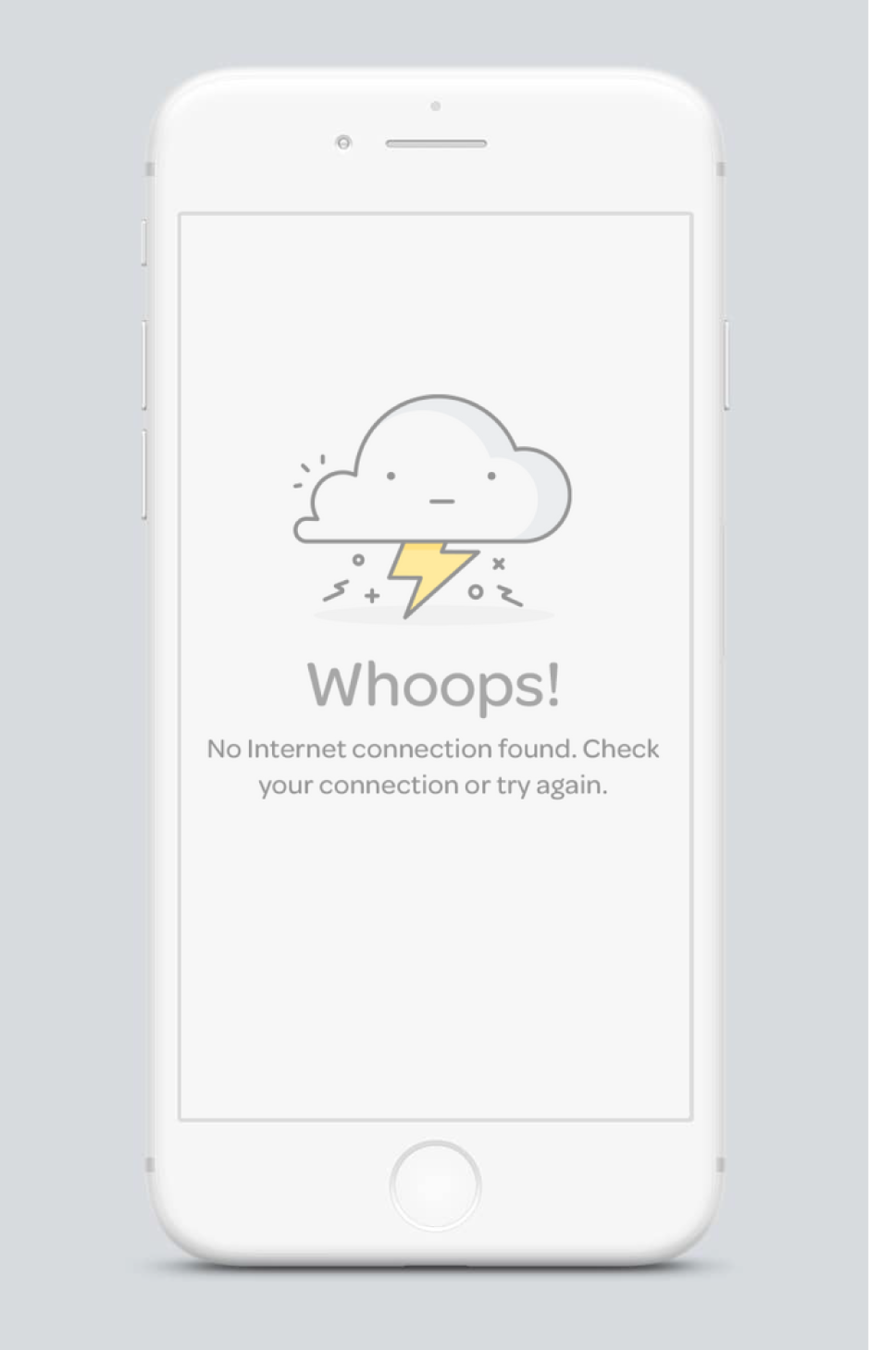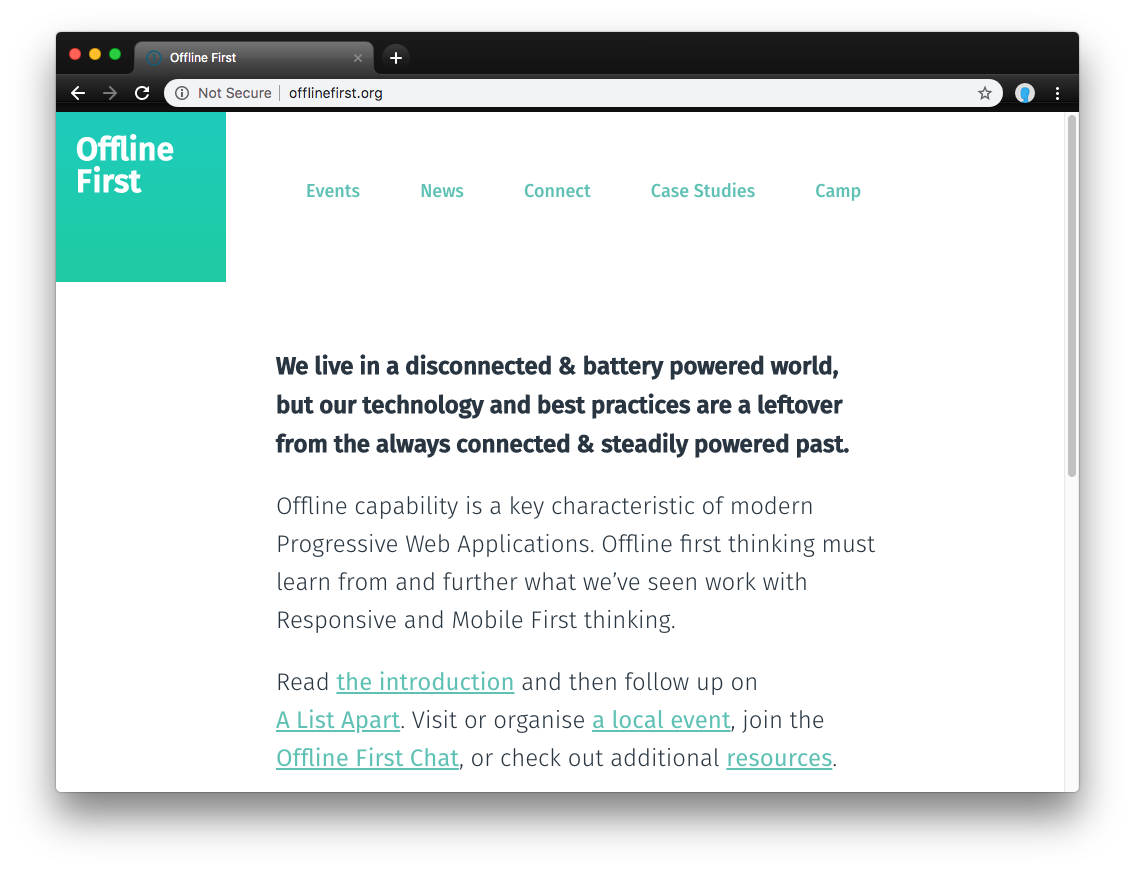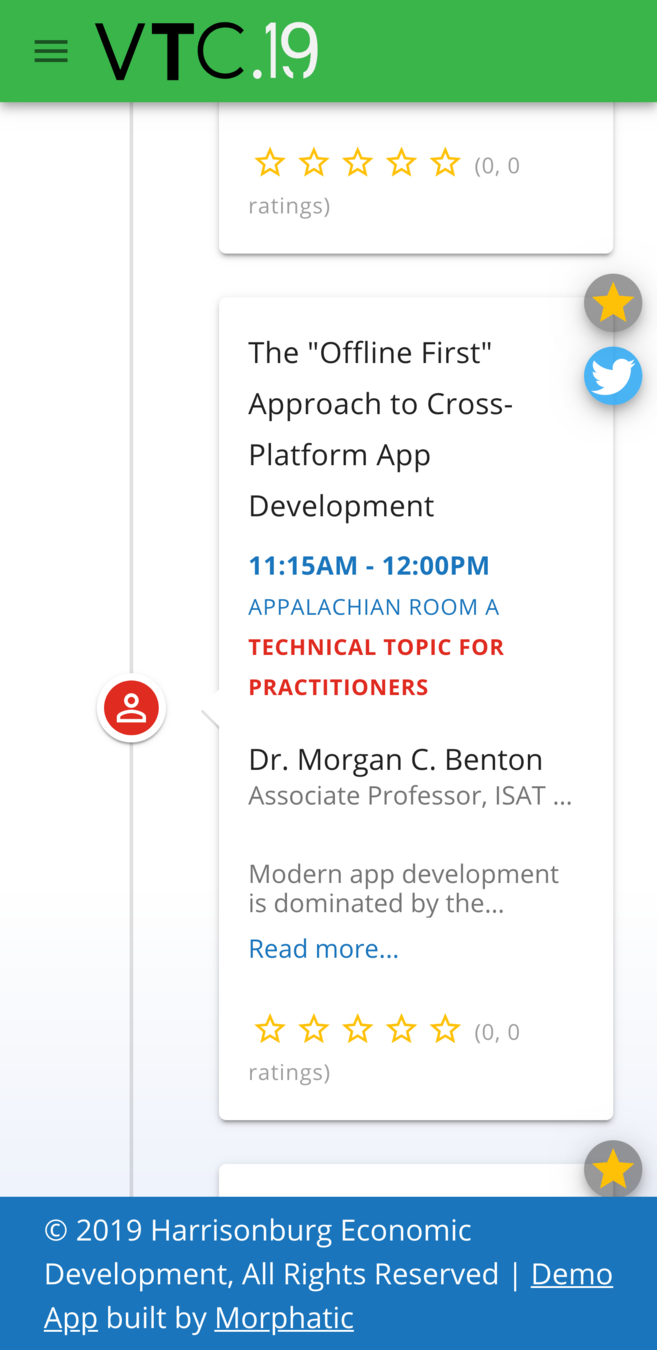The “Offline First” Approach to Cross-Platform App Development
By Morgan Benton
The “Offline First” Approach to Cross-Platform App Development
Modern app development is dominated by the assumption that our apps enjoy a stable, continuous, strong, and ubiquitous connection to the internet. Sadly, we know from our daily lived experience that this is NOT the case. We’re not always near a Wi-Fi hot spot, and even a physical, wired connection to our cable modem doesn’t guarantee 100% uptime. “Offline First” (http://offlinefirst.org) is a relatively new approach to the analysis, design, and implementation of apps. It begins with the assumption that internet connectivity is, at best, flaky and unreliable, and then proceeds to develop user experiences (UX) that are robust–allowing people to use your apps effectively regardless of whether or not they currently happen to have a solid connection to the network. While the tech demos in this talk will feature PWA’s (progressive web apps) built with VueJS, this philosophy can be applied to app development in any scenario: web or native, mobile or desktop. Anyone who is involved in the analysis, design, or implementation of any kind of modern app will benefit from the principles to be explored in this talk. It really boils down to the question: How can we build apps that allow our users to have fantastic, productive experiences, even if they may lose internet connectivity from time to time?











